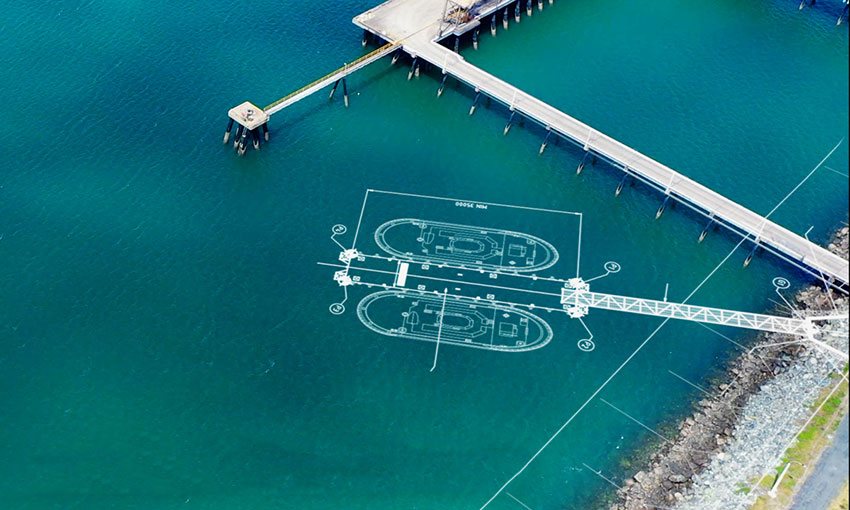PORT of Mackay announced the beginning of works on a new $8.5 million tug berth facility.
State member for Mackay Julieanne Gilbert visited the port and said North Queensland-based Pacific Marine Group would deliver the new facility.
Ms Gilbert said the tug berth project was the latest, and the largest, in a series of significant investments totalling $17 million aimed at boosting the port for current and future trade and creating jobs as part of Queensland’s economic recovery plan.
“The Port of Mackay continues to be a hive for activity, with multiple projects that will position the port to be able to take advantage of new, diversified trade opportunities such as rail, or renewables projects,” Ms Gilbert said.
“The facility will include berths for up to two tugs including a gangway and floating pontoon, which can also accommodate bigger and more powerful tugs.”
NQBP CEO Nicolas Fertin said having a dedicated tug berth facility inside the secure port area will cater for the existing tug fleet, with the ability to expand for future growth.
“The tug project berth complements a $1.8 million upgrade to Wharf Four, expanding its cargo capacity, and a $2.4 million project to extend Wharf One, facilitating longer cargo,” Mr Fertin said.
The first ro-ro cargo shipment was unloaded at Wharf Four in January.
The Höegh Autoliners-operated Serenity Ace unloaded around 2340 freight-tonnes of mining equipment imported to the Mackay region from both domestic and international locations.
“The wharf’s new access bridge, with a load capacity of more than 100 tonnes, gives the market further confidence in the port as a central Queensland gateway,” Mr Fertin said.
“The completion of this project enhances NQBP’s ro-ro trade capabilities, creating more opportunities for trade diversification by enabling heavier cargoes through the port.”
For the stabilisation of the western revetment works inside the Port, NQBP engaged Queensland-based marine civil contractors MGN Civil on the $1.5 million project.
MGN Civil placed around 15,000 tonnes of rock material sourced from local quarries to reform the revetment structure.

